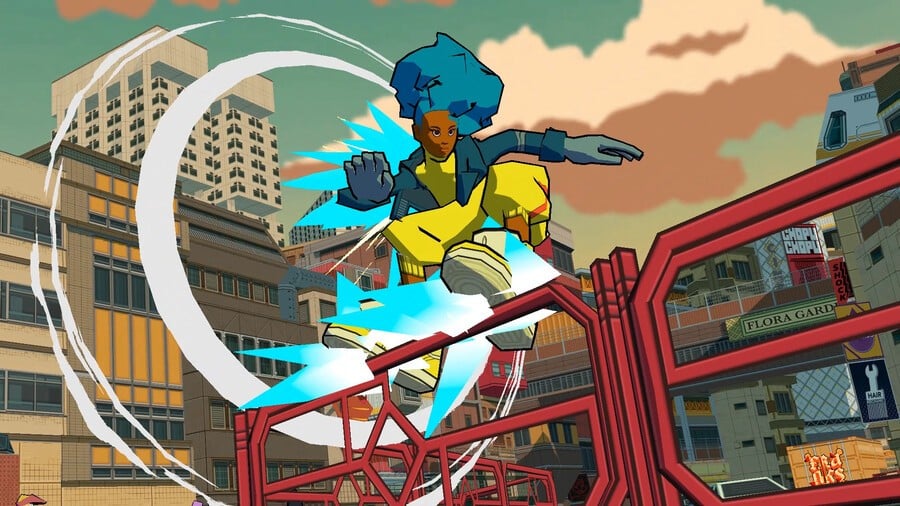

The first is to tag every graffiti point in each area previously tagged by a rival gang before the timer runs out while evading the authorities.

The Street levels come in two categories. The game consists of three types of levels: Street, Rival Showdown, and Trial. The player controls a member of a gang of graffiti-tagging inline skaters. The character Beat performing a grind on rails and tagging graffiti A sequel, Jet Set Radio Future, was released for the Xbox in 2002. In 2012, Jet Set Radio was rereleased for the Xbox 360, PlayStation 3, iOS, Windows, PlayStation Vita and Android. A Game Boy Advance version, developed by Vicarious Visions, was released in 2003, along with versions for Japanese mobile phones. It won several awards and was nominated for many others. Jet Set Radio received acclaim and is considered one of the best video games of all time for its graphics, soundtrack and gameplay. Jet Set Radio was the first game to use a cel-shaded art style, developed in response to the team's disappointment with the abundance of sci-fi and fantasy Sega games.

The environments were based on Tokyo shopping districts in Shibuya and Shinjuku, with graffiti designed by artists including Eric Haze. The team drew influence from late 1990s Japanese popular culture such as the rhythm game PaRappa the Rapper and the anti-establishment themes in the film Fight Club. The player controls a member of a youth gang, the GGs, as they use inline skates to traverse Tokyo, spraying graffiti, challenging rival gangs, and evading authorities.ĭevelopment was headed by director Masayoshi Kikuchi, with art by Ryuta Ueda. Jet Set Radio (originally released in North America as Jet Grind Radio) is a 2000 action game developed by Smilebit and published by Sega for the Dreamcast.


 0 kommentar(er)
0 kommentar(er)
